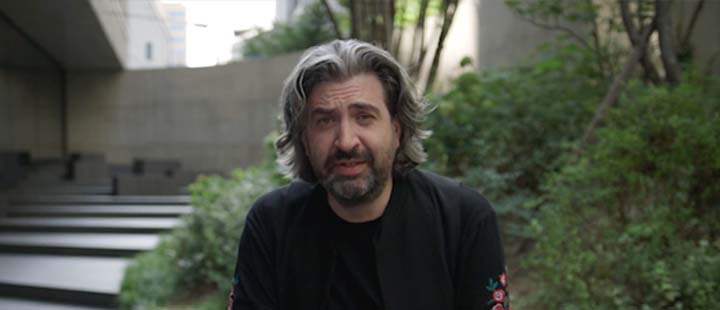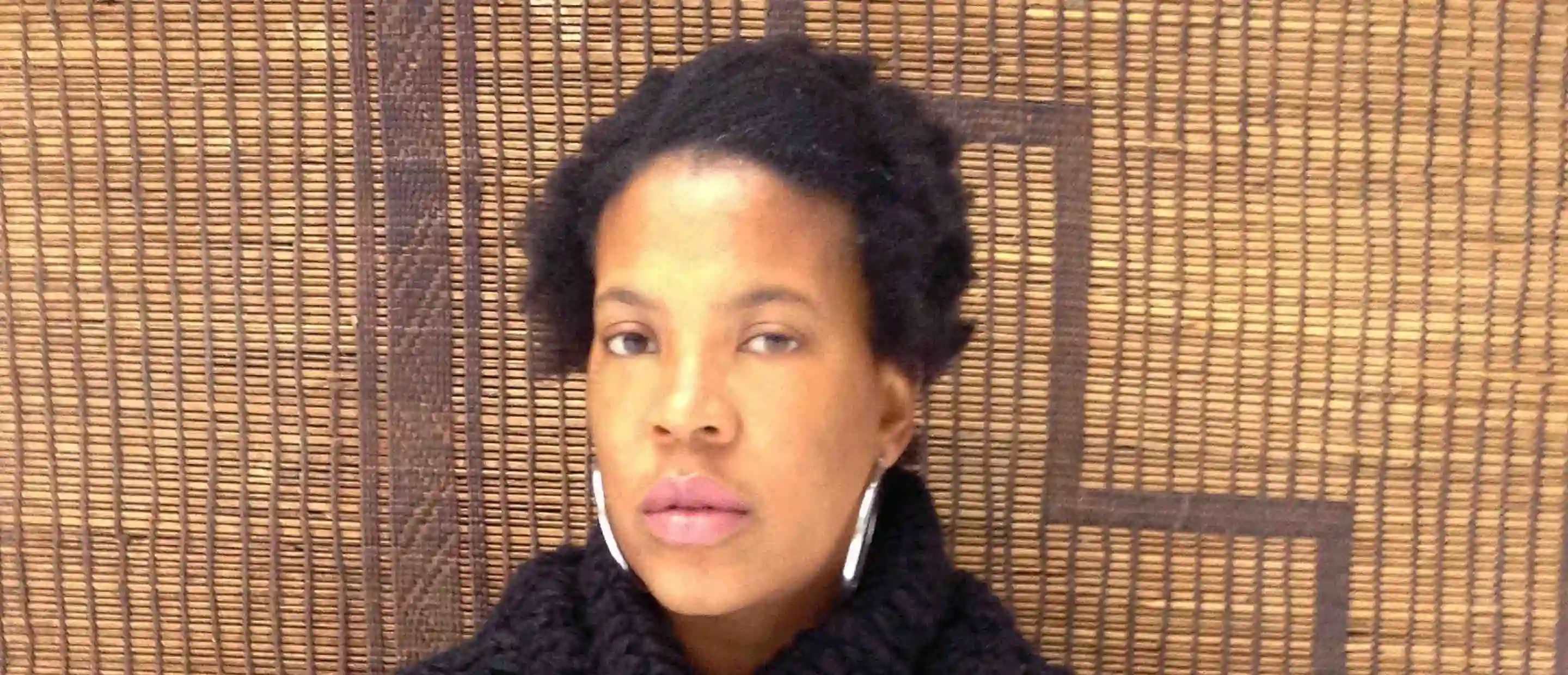Together with guest experts and Deutsche Bank specialists, we explored the changing role of art collections in lending and investment at our dedicated event held in our lounge at Frieze New York 2022.
From freeing up liquidity to furthering a family legacy, an art collection can play many roles. And while the investment potential of art is compelling, so too is the impulse that draws collectors to a particular work or artist.
To discuss this unique tension, as well as the current trends at play in the art world, we held a special event entitled “Art: passion or investment?” at Frieze New York 2022, in the Deutsche Bank Wealth Management Lounge.
Hosted by Francesca Boschini, Head of International Wealth Planning & Head of Insurance Solutions, Deutsche Bank Wealth Management Americas, the event involved speakers from both Deutsche Bank and Bonhams, the international auction house.
From static to dynamic: art's changing role as a financial asset
Boschini opened the discussion by inviting our speakers to consider how collectors combine “their passion for art with their passion for investments” and use their collections as a way to diversify their investments.
Art is typically regarded by lenders as an illiquid asset since the view is that it is a “static asset” with purely an aesthetic value, commented John Arena, Head of Art Lending, Deutsche Bank International Private Bank Americas. Today, it is increasingly being used as an asset to borrow against; in effect, turning it into a “dynamic asset” that has both aesthetic value as well as financial aspects. This liquidity can give collectors the opportunity to invest in other areas.
Arena pointed to how investors have historically taken advantage of market volatility by investing in distressed assets with cash. For example, Warren Buffet, the legendary US investor and CEO of Berkshire Hathaway had recently used cash on balance sheet to buy selected assets that were depressed because of the volatility in the markets. His view was that these are good assets and having the liquidity to invest in them he was taking advantage of the market volatility.”
Equally, collectors could use the financial value of their collections to buy more art. As Arena summarised the process: “The art is created, the art is bought by the collector, the collector finances that art, gets the money and buys another work of art and it keeps the art system turning.”
The next chapter in the life of an art collection
For many collectors, philanthropy is another important piece of the puzzle. Francesca Boschini explained how several clients want to “share their collections with the public or focus their philanthropic missions and interests on art.” In this context they also often combine their estate planning needs and legacy wishes, creating trusts or private foundations specifically to hold their art collections.
Boschini explained how, once a client has held the legacy conversation and it has been ensured that each family member feels comfortable with what has been decided regarding the art collection, the next step is to document the family intentions in a good estate plan. Trusts can provide a foundation for the creation of an estate plan for a single piece of art or an entire collection. When a trustee then receives works of art within its trust fund, there are several duties and obligations that must be honoured, including proper due diligence, ensuring the legal transfer of title to the trust, and providing prudent ongoing administration and management of the art.
Expanding on this, Jacqueline Valouch noted that “ultimately, philanthropy and donating art ends up being a very good solution for most families when you have a next generation that may feel differently about the collection.” She observed how, around the world, more and more private museums are being created to house these collections. Valouch said families want their legacy to last and “to be valuable to their communities and their cultures”.
Star artists can be made in an instant
Homing in on the current state of the art market, “over $1.5 billion worth of art” would likely be sold at New York auction sales in May 2022, said Sherri Cohen, Head of Business Development, North America at Bonhams.
“The art market is a truly global market now in a way that it never has been before,” added her colleague Ralph Taylor, Bonhams Global Head of Post-War & Contemporary Art. “That’s been accelerated in part by the pandemic and the idea that someone can buy something remotely without ever having seen it. Five years ago, that was unthinkable.”
Taylor described a radical change in terms of how buyers old and new perceive artists and the value of their work. Essentially, the pace of recognition and reward is moving quicker than ever. “That idea that you’d have to wait until the world recognised you and stress-tested you and kicked the tyres on your career and your legacy and everything else for fifty years, that’s gone,” he said. “Artists can go, at 23 years old, from nobody to superstar status via Instagram overnight.”
It’s not the galleries that are driving this trend – it’s the power of collectors. Recent high-profile sales such as Andy Warhol’s ‘Shot Sage Blue Marilyn’ at Christie’s New York may be getting all the media attention, but beneath the surface there are far more interesting things going on, Taylor argued. “From a collector perspective, there are huge opportunities… the key quality you have to have in this kind of market is being decisive.”
Emerging voices and the power of provenance
As the market has evolved, so new voices have emerged. Molly Ott Ambler, Head of Fine Art at Bonhams, noted that, recently, “female artists and artists of colour have really come into their own.” And she was quick to emphasise that this has not been done “out of some notion of wokeness… this is from curators bringing work to the fore that should have been long-known – and then the market responding and realising these things have been undervalued.”
An exciting reflection of this is artist Simone Leigh. This year, she was the first female artist of colour to represent the U.S. at the Venice Biennale and one of her works recently sold at auction for $2.1 million – more than ten times its estimate.
Other factors growing in importance are the pace at which collectors are now building their collections and the role of provenance.
“What we’re finding with newer buyers is that they don’t want to spend 40-50 years building a collection,” said Ott Ambler. “They’d like to get the very best examples they can in a much shorter time frame. Using storied provenance of collectors of great acumen is something I find more and more important and something all of us in the auction houses are highlighting as these sales go onward.”
How to get started in art collecting
Not every collector has millions to spend on art. So Cohen asked our speakers for advice on building a collection the traditional way, “if you want to spend not $200 million but maybe $20,000… $200,000… in a realm that’s closer to reality?”
Ott Ambler underlined the importance of going to art fairs and auctions, as well as “spending time with insiders in the marketplace.” She also noted that many budding collectors “are involved in local museums or museums they care about deeply… that’s the best way to train your eye.”
Taylor repeated the age-old maxim that you should “buy what you like because you might end up living with it.” He also made it clear that “relationships are key.” Building a rapport with a gallerist or sales director can be invaluable. To illustrate the point, he painted the following picture: “Let’s say there’s an exhibition by an artist that you love. There are 10 paintings, they’re all the same size, similar theme and they’re all $50,000. Everyone’s going to want two of those… everyone else will be happy with the next six – and there are two that are kind of left till the end.
“Now, they’re all the same price but the relationship means you’ll get the two that everyone wants… and when it comes to a fair market environment at an auction, those two at the top are going to sell for many multiples of the two that people didn’t want.”
In short, don’t settle for the piece that no one else wants – and again, be decisive.
With sincere thanks to our speakers:
Francesca Boschini, Head of International Wealth Planning and Head of Insurance Solutions at Deutsche Bank Wealth Management Americas
Jacqueline Valouch, Head of Philanthropy and Wealth Planning at Deutsche Bank Wealth Management
John Arena, Head of Art Lending, Deutsche Bank International Private Bank Americas
Sherri Cohen, Head of Business Development, North America, Bonhams
Molly Ott Ambler, Head of Fine Art, Bonhams
Ralph Taylor, Global Head of Post-War & Contemporary Art, Bonhams
This event took place on Friday, May 20 at Frieze New York 2022.







